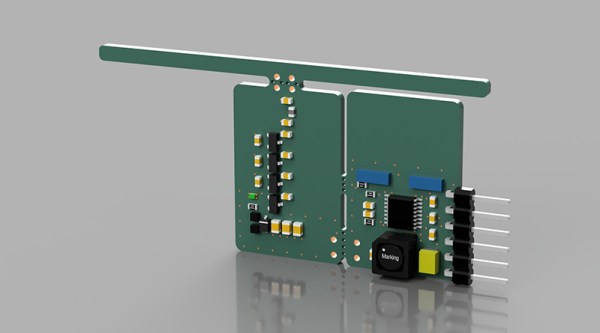The Hackaday Prize is the greatest hardware competition on the planet. It’s the Academy Awards of Open Hardware, and over the last few years we’ve been doing it, we’ve seen literally tens of projects that have gone from an idea to a prototype to a finished project to a saleable product. It’s the greatest success story the Open Hardware community has.
Over the last eight months, we’ve been deep in the weeds with this year’s Hackaday Prize. It’s five challenges, with twenty winners per challenge. That’s one hundred projects that will make it to the semifinals in the hopes of becoming the greatest project this year. Only one will make it, but truthfully they all deserve it. These are the one hundred finalists in the Hackaday Prize, all truly awesome projects but only one will walk home with the Grand Prize. Continue reading “These Are The 100 Finalists In The Hackaday Prize”

















